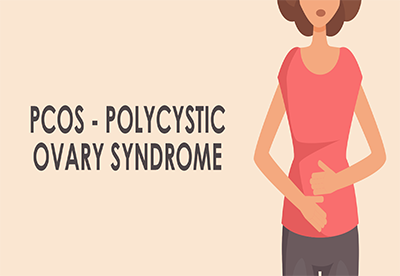PCOS And Subfertility
PCOS And Subfertility

The term polycystic literally means ‘’many cysts’’ but this description is misleading and, for many women, worrying because of the word ‘’cyst’’. It conjures up the vision of diseased ovaries and, understandably, even raises the question of cancer.
It is important to emphasize that all ovaries, if they are functioning normally, contain ‘’cysts’’. These cysts are more correctly called ‘’follicles’’ and are vital to the reproductive process because they contain the eggs.
The only differences between ‘’polycystic’’ and ‘’normal’’ ovaries is that polycystic ovaries are usually somewhat larger than average and contain about twice as many, but normal follicles, hence ‘’polycystic’’. Polycystic ovaries are not, in themselves, abnormal.
About 1 in 5 of the general female population have polycystic ovaries and only a small proportion of these women will have fertility problems.
We do not yet fully understand what other factors must be present in women with polycystic ovaries for her to go on to develop PCOS and infertility.
What Is Polycystic Ovarian Syndrome (PCOS)?
Polycystic ovarian syndrome (PCOS), also known by the name Stein-Leventhal syndrome, is a hormonal problem that causes women to have a variety of symptoms.
It should be noted that most women with the condition have a number of small cysts in the ovaries. However, it is the characteristic constellation of symptoms, rather than the presence of the cysts themselves, that is important in establishing the PCOS diagnosis.
PCOS is the most common cause of infertility in women. PCOS symptoms may begin in adolescence with menstrual irregularities, or a woman may not know she has PCOS until later in life when symptoms and/or infertility occur.
Women of all ethnicity may be affected.



